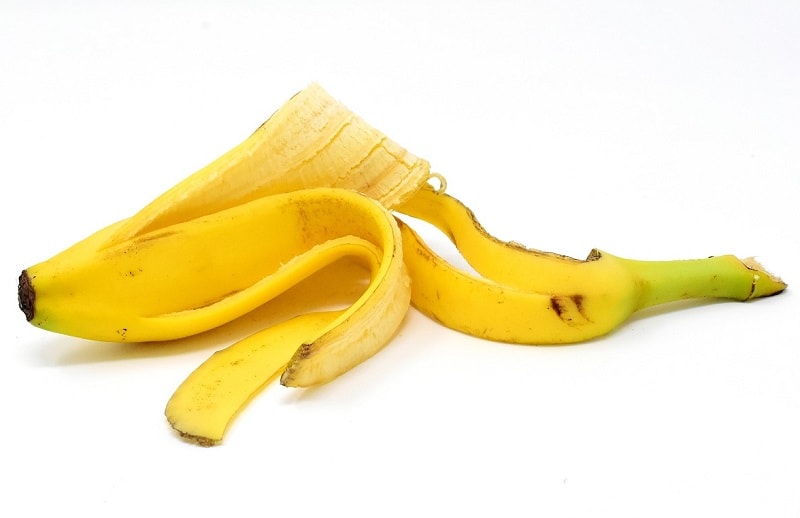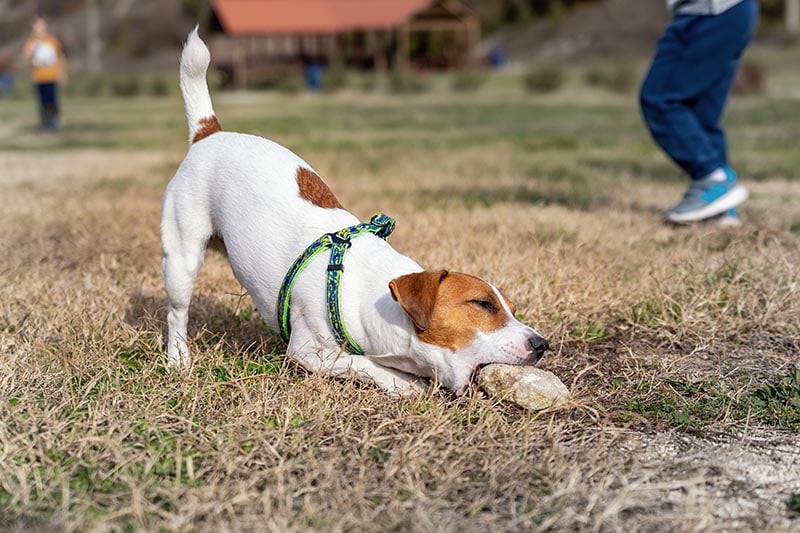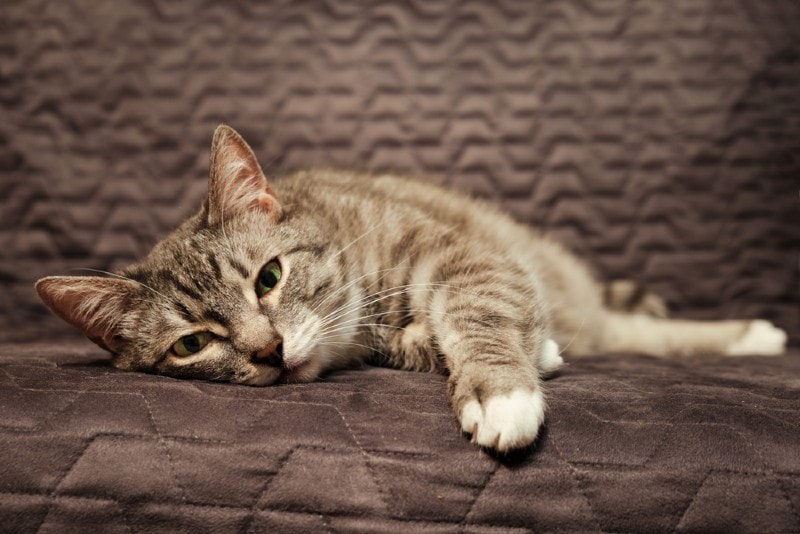VET APPROVED

The information is current and up-to-date in accordance with the latest veterinarian research.
Learn more »Your little rodent companion probably adores the taste of bananas and fortunately, they’re safe snacks for guinea pigs. But can they eat the peels? Banana peels are considered safe for guinea pigs when prepared correctly. That said, they haven’t been well-investigated from a nutritional standpoint.
Let’s learn more about banana peels and your guinea pig.

Guinea Pigs Can Eat Banana Peels
Much like a banana’s flesh, banana skin is safe for your guinea pig. When you are slicing a banana to give your little one a treat, you don’t have to worry about taking off the peel completely, as they can safely consume it.
The primary concern with a banana peel is that it acts as a natural barrier to protect the fruit. Therefore, it could be contaminated, regardless of how the banana is sourced (organic or otherwise). Thoroughly washing the banana peel is crucial before offering a piece to your guinea pig. But that isn’t the only concern when it comes to banana peels.
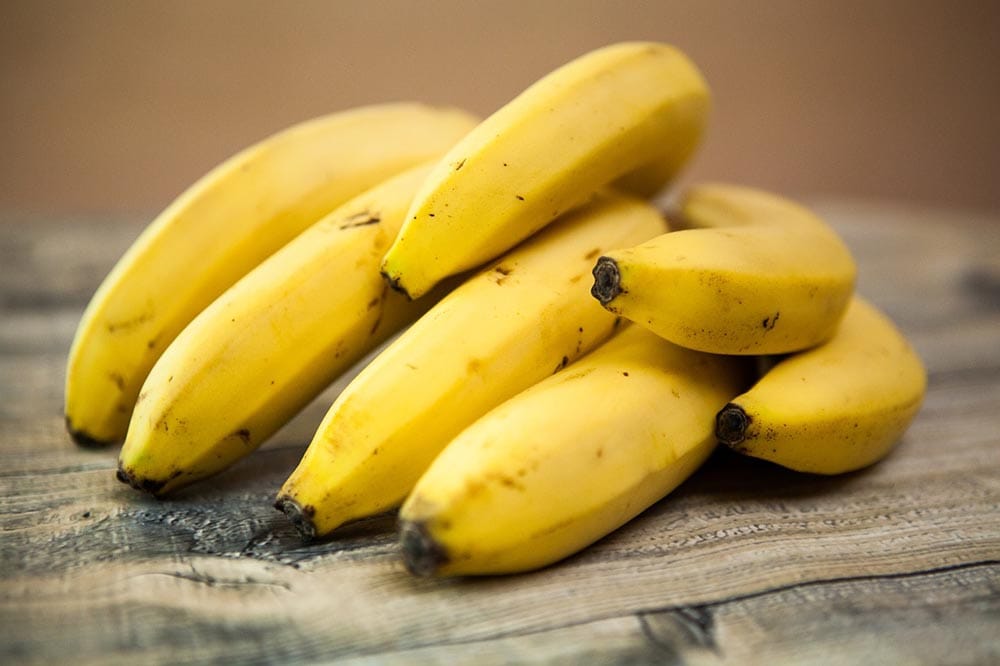
Banana Peels: Things to Consider
Banana peels are quite interesting from a nutritional standpoint. Although they are considered safe for cavies, they do warrant a closer analysis because many questions about their long-term use remain unanswered.
Difficult to Analyze
Banana peels are not easy to analyze, at least from a nutritional standpoint. Their nutritional value varies depending on the cultivar (type of banana) and maturity stage of the fruit itself. Consider the following information about the peel of the desert banana (the most common type of banana eaten worldwide).
- Dried banana peels contain 6–9% protein and 20–30% fiber on average.
- Green banana peels only contain about 15% fiber.
- Although the fiber increases as the peel ripens and dries, ripe banana peels also contain up to 30% free sugars
This means there are pros and cons associated with the ripeness of the peel, and there’s no way to ascertain the exact nutritional value that they will provide to your pet.
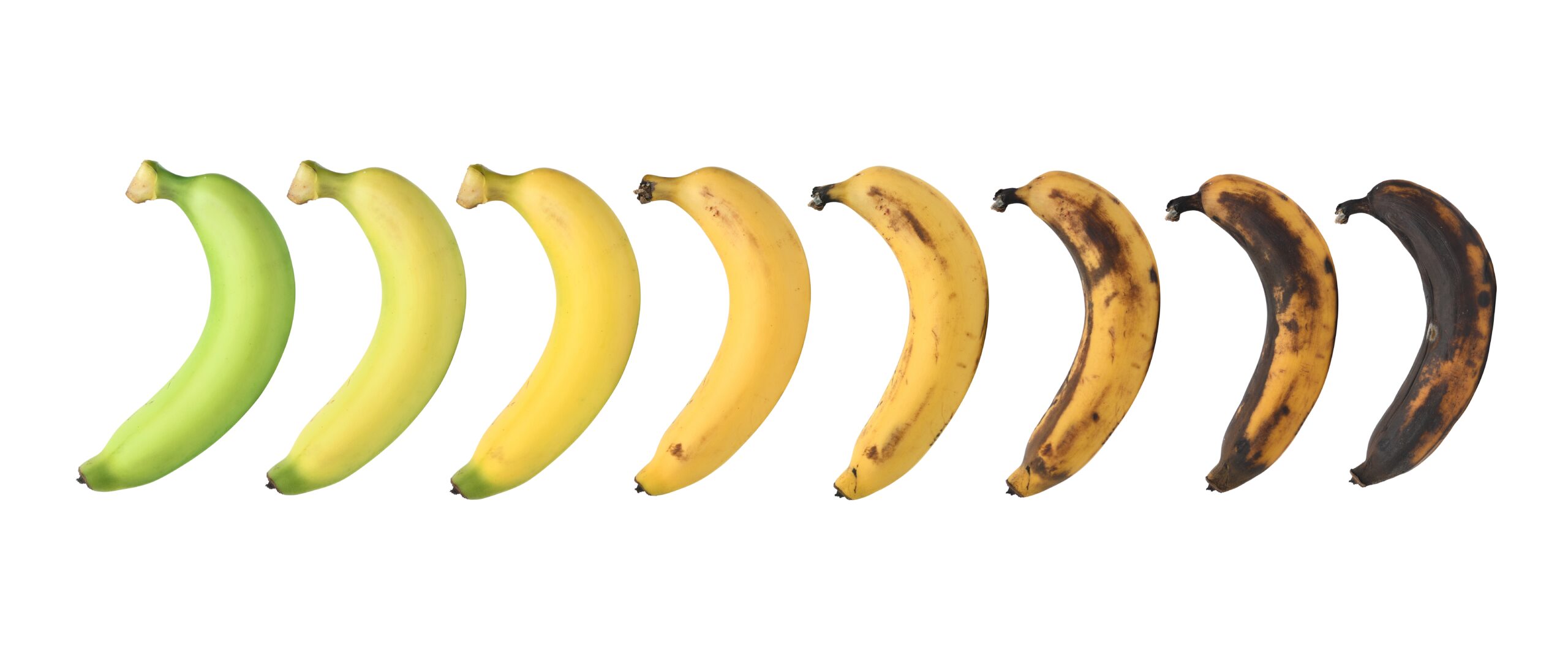
Tannin Concerns
Livestock are commonly fed banana peels, but there is a concern that the tannins found in a banana peel might not be good for them on a long-term basis.1 This concern hasn’t been investigated in guinea pigs, though, so there’s a certain degree of uncertainty when it comes to offering a banana peel to your pet.
Metastatic Calcification Concerns
A high phosphorus diet has been implicated as a potential risk factor for guinea pigs because it can lead to metastatic calcification, a disorder where guinea pigs develop muscle stiffness (and often pass away).2
The overwhelming majority of the mineral content of banana peels is phosphorus.3 This makes them potentially detrimental food items for your pet if offered in excess.
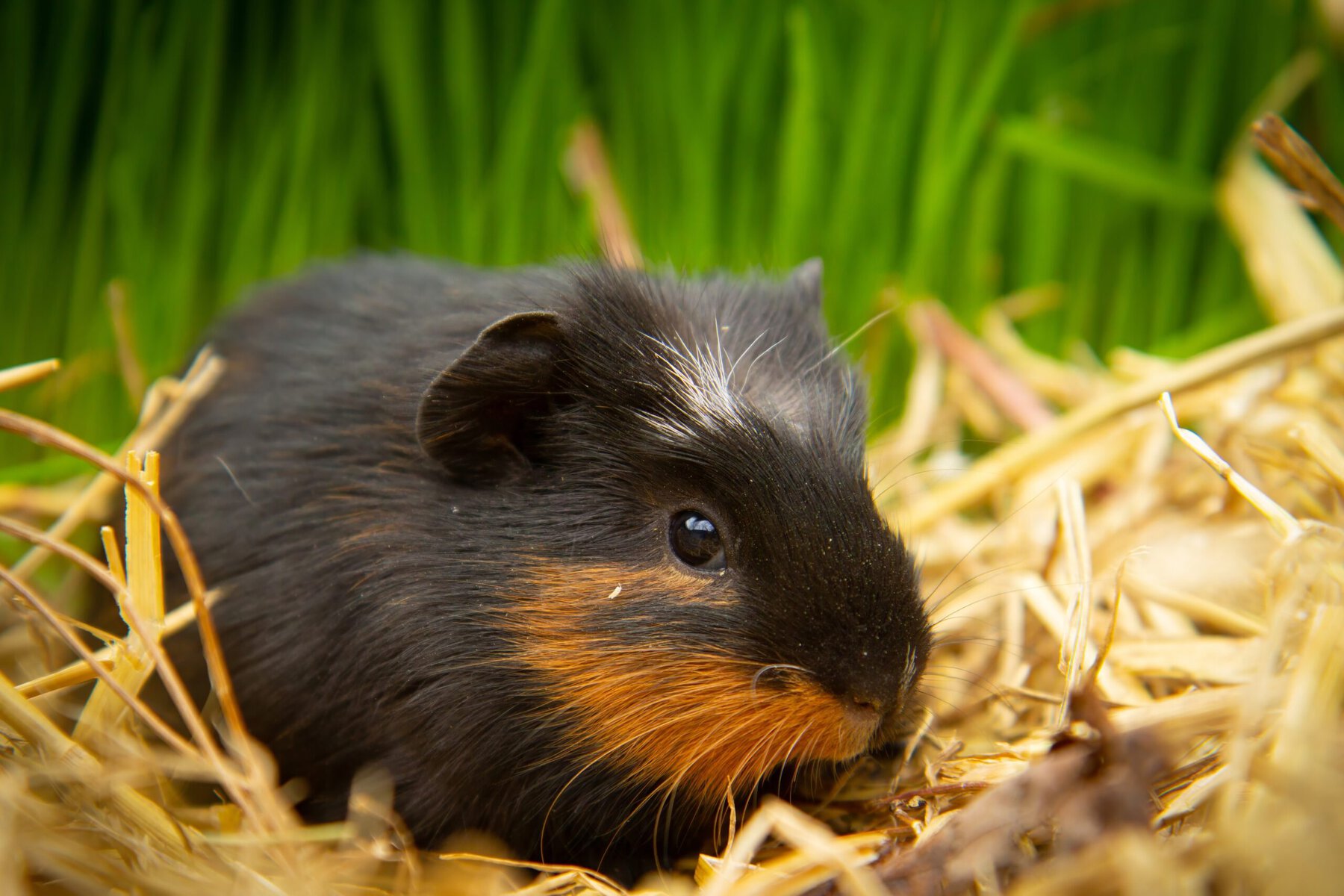
Vitamin C
Like humans, guinea pigs are unable to synthesize vitamin C by themselves and need to get this vitamin through their diet. A huge component of a guinea pig’s diet is ensuring that they receive enough of this vitamin every day (as it cannot be stored in the body). The foods that you provide to your pet should ideally be consistent in the amount of vitamin C that they contain. Unfortunately, banana peels don’t meet this requirement. For example, an analysis of three banana peel variants showed that the vitamin C concentration was 17.83 mg/100 g in the Yelakkibale variant and 10 times lower in both the Nendranbale and Pachabale variants.
How to Serve Banana Peels
Given that there is a degree of uncertainty around banana peels, the decision to incorporate them into a guinea pig’s diet remains somewhat controversial. Nonetheless, if you do wish to offer them to your pet, you should ensure that you do it properly.
A good rule of thumb is to give your guinea pig a small slice of banana peel that is about 1 inch in length. Ensure that you thoroughly wash the banana peel before offering it to your pet.
Guinea pigs are intrinsically frightful of new experiences or objects (a phenomenon known as neophobia). This includes being fearful of a food that they’ve never seen before. If your guinea pig isn’t used to banana peels, they may not accept them. Worse, the fear of the new food might put them off their regular food.
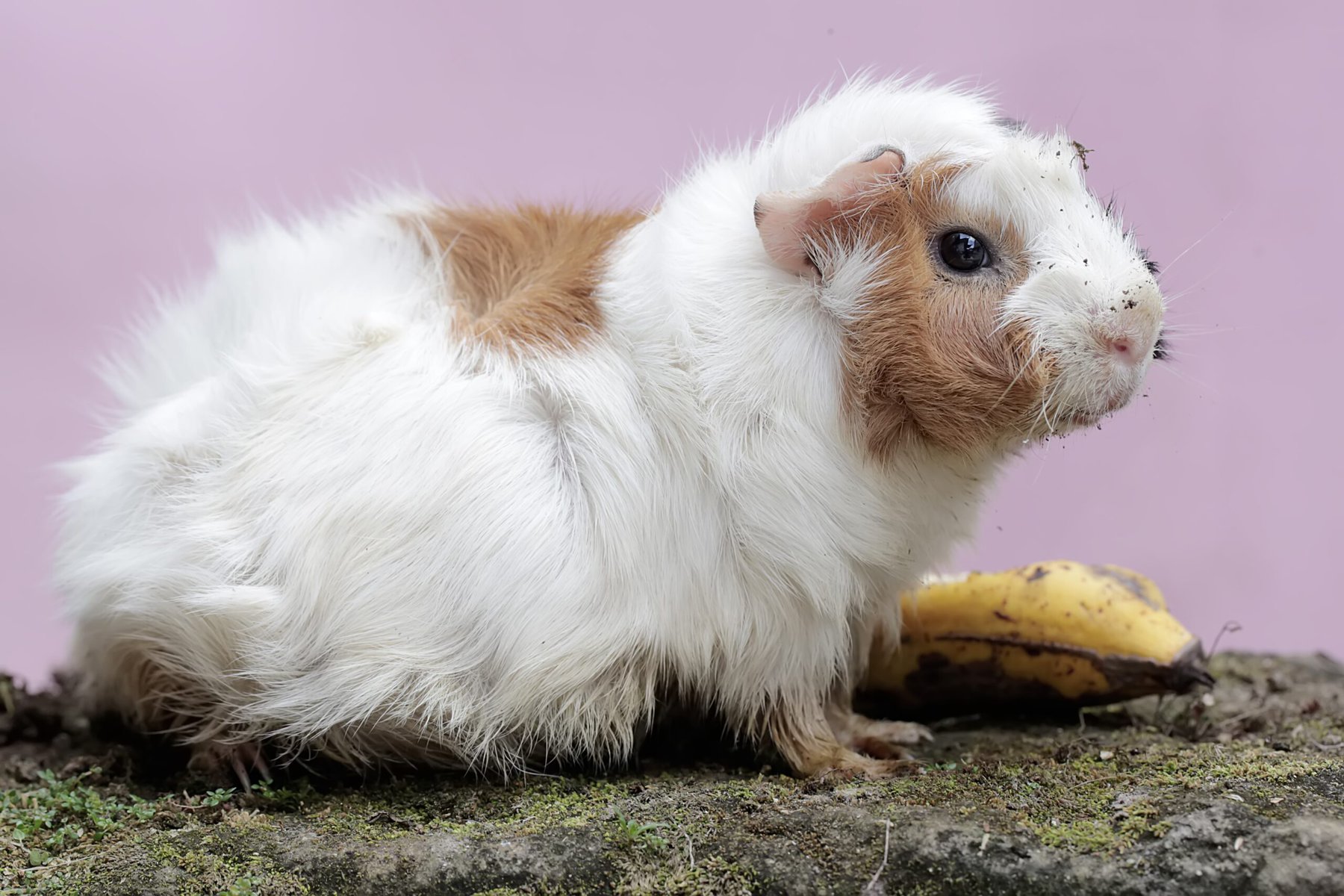

Conclusion
Guinea pigs can have banana peels along with their bananas at snack time. However, there seems to be a lack of thorough research and knowledge regarding their complete nutritional benefits for your guinea pig’s overall health and vitality. As such, banana peels might not be the best options for your pet.
- https://pubmed.ncbi.nlm.nih.gov/20725857/
- https://www.ncbi.nlm.nih.gov/pmc/articles/PMC9122687/
- https://www.merckvetmanual.com/exotic-and-laboratory-animals/rodents/guinea-pigs
- https://www.semanticscholar.org/paper/Chemical-composition-and-antioxidant-potential-of-Nagarajaiah-Prakash/a1f072269c7cbfa76df8579c420b91a52bed60f3
Featured Image Credit: Alexas_Fotos, Pixabay
